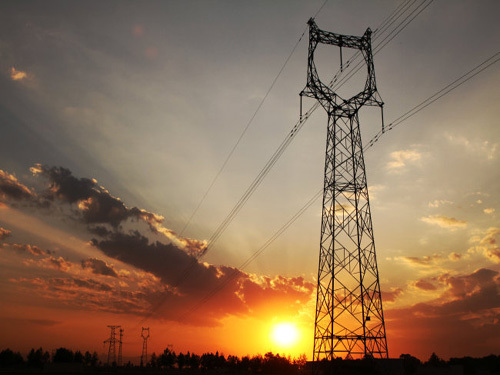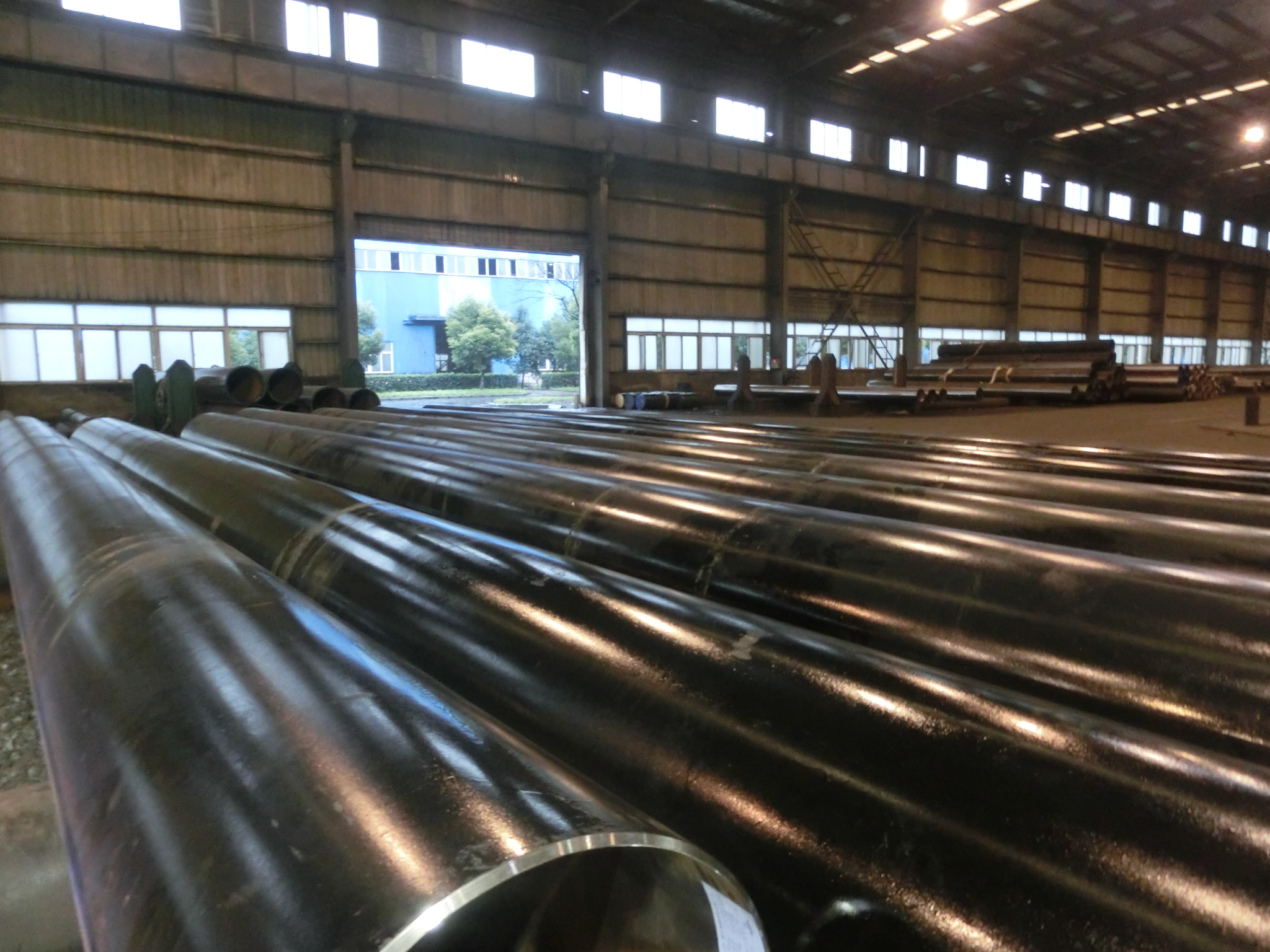
On January 4, the National Development and Reform Commission announced the release of 24 prices for goods and services, delegating 1 pricing authority. This is a new round of reforms implemented by the National Development and Reform Commission after the State Council's executive meeting deployed on November 15, 2014 to accelerate the price reform.
Xu Kunlin, director of the price division of the National Development and Reform Commission, said that this round of price reform is a comprehensive review of the current government pricing and government guidance prices. Unrestrained liberalization of the conditions for opening up the competition, some of the network-type competition in the monopoly sector must also be liberalized to a greater extent to allow the market to price.
According to the requirements of the State Council, the principle of price reform is to reduce the scope of government pricing, implement open and transparent market pricing, promote market competition with reasonable price signals, remove monopolies, and stimulate social capital investment. Taking full account of the competition conditions and the impact on the market and society, we will gradually, orderly and reform the pricing mechanism for energy, transportation, and environmental protection so as to achieve overall planning, maturity, and introduction.
Xu Kunlin said that this round of price reform is the first batch, and the second and third batches have been issued one after another. "The more difficult it is, the harder it will be, including the promotion of price reforms for medical services, price reforms such as electricity and natural gas."
Domestic price reforms in the energy sector focus on the electricity and oil and gas industries. In China's coal, oil, natural gas, and electricity-based energy systems, coal prices have been fully marketized, and prices for oil and gas and electricity are still being interfered by the government. This is the focus of the next reform.
The new round of highlights of electric reform: The power grid only receives "over-net fee"
Relative to the oil and gas sector, system reform and price reform in the power sector are more urgent and a new round of reforms are about to start.
The recently held National Energy Work Conference 2015 proposed that this year will continue to promote the deepening of the reform of the power system, study and formulate general implementation plans and pilot work opinions, and study, formulate and organize the implementation of the power market construction program. We will steadily and orderly advance energy price reforms, promote the introduction of direct transmission and distribution tariffs in various provinces, and promote the improvement of the oil and gas pricing mechanism.
On November 4, 2014, the National Development and Reform Commission issued the "Notice on the Implementation of the Pilot Project for Transmission and Distribution Tariff Reform in Shenzhen City" to explore the establishment of an independent transmission and distribution tariff system to promote the reform of the power market. This move is seen as the beginning of a new round of China's electricity price reform.
According to the latest news, the State Council executive meeting convened on December 24th conducted a study on a new round of reform plans (a number of opinions), and will issue the report after approval.
According to the pilot scheme for the transmission and distribution tariff reform in Shenzhen, the power grid will no longer be used as the main body of power transactions, but will appear as a power transmission and distribution service provider. It will only charge “over-grid fees†in order to break the grid and rely on buying electricity and selling electricity to obtain purchases and sales. The profit model of the difference. The government departments based on the effective assets of the power grid, approved the permitted cost and permitted revenue, fixed the total revenue of the power grid in a cost-plus manner, and announced the independent transmission and distribution tariffs.
Wu Jiang, a professor at Renmin University of China, believes that the Shenzhen trial is only a good time to grab. With the gradual introduction of a new round of reform plans, the results of this pilot project are expected to be truly applied and contribute to its historical value. The core actions of the electricity market reform are the institutional arrangements for the three public functions of dispatching, trading, and transmission.
"So, the biggest highlight of the new round of electric reform is to realize the change in the business model of grid companies through the independence of transmission and distribution prices and no longer participate in power purchases and sales, but focus on power transmission and related services," said Wu Jiang.
Zeng Ming, director of the Energy and Power Economic Consultation Center of North China Electric Power University, believes that the Shenzhen pilot is based on the idea of ​​“opening two ends and monitoring the middleâ€. After the price of transmission and distribution is determined, the state will supervise the power grid in accordance with the mode of managing public utilities, and on this basis encourage Power generation and sales side competition. However, the key to the promotion of the Shenzhen reform model is what items are included in the over-the-network fees, such as how the subsidies needed for universal service are included in the net fee, how they are accounted for, and how to transfer payments to ensure fairness and efficiency.
According to the idea of ​​Shenzhen Electric Power Reform, the future power grid is a kind of quasi-public goods and is responsible for such public functions as dispatch/transaction/transmission. Wu Jiang believes that under the basic direction of marketization, while "opening up both ends," we must consciously "control the middle".
The basic measures for government supervision are the isolation of hardware on the system, the separation of transmission and distribution businesses with natural monopoly properties from multiple generations of power generation and terminal sales, and the avoidance of monopolists with dominant positions to undermine the balance of market structure; It is the classification supervision of software, that is, to let different types of business links have their own different business models, and then further implement different regulatory policies and even state-owned enterprises and state-owned enterprises assessment targets, so as to exert their respective advantages.
Say goodbye to low gas price: stock gas and incremental gas are integrated within the year
Natural gas has been given a higher and higher status as a clean energy source. Under the constraints of environmental protection pressure, energy conservation and emission reduction, the demand for natural gas has been rising. In order to ensure a balance between supply and demand and restore its product attributes, the pace of natural gas price reforms is also accelerating. A basic judgment in the industry is that we are bidding farewell to low prices.
The “Energy Development Strategic Action Plan (2014-2020)†promulgated in November 2014 clearly stipulates that oil and natural gas price reforms should be promoted and competitive prices should be liberalized in an orderly manner. Natural gas wellhead prices and sales prices will be formed by the market, and oil and gas pipelines will lose. Prices are priced by the government.
Natural gas price reforms have started in non-civilian areas. On August 12, 2014, the National Development and Reform Commission issued the Notice on Adjusting the Price of Natural Gas for Nonresidential Uses. Since September 1, the price of non-residential stocks of natural gas has been adjusted, with a price increase of 0.4 yuan per cubic meter, and incremental valve station prices. Invariable, the prices of residential gas stations will not be adjusted temporarily. This is the second price adjustment after the National Development and Reform Commission introduced the natural gas price adjustment plan in June last year.
In June 2013, the National Development and Reform Commission issued a natural gas price adjustment plan to distinguish between inventory gas and incremental gas. The incremental valve station price was adjusted to a level that maintains a reasonable price relationship with alternative energy prices. The inventory gas price adjustment is implemented in three years. In place in 2015.
The so-called stock gas is based on the actually used gas volume in 2012, and the incremental gas is the excess. After the price adjustment in August 2014, there was still a difference of around 0.4 yuan/cubic meter between the incremental gas and the stock gas. According to the reform plan of the National Development and Reform Commission, stock gas and incremental gas will be integrated in 2015.
Industry experts explained that according to the principle of market pricing, the era of low gas prices in the future will cease to exist. Although, in recent price adjustments, civilian gas has not been raised directly (needs for price hearings), the direction of civil gas price ladder reform has been determined.
In March 2014, the National Development and Reform Commission issued the "Guiding Opinions on Establishing and Improving the Tax System for Living Gas Use of Residents' Livelihoods", which requires that the competent pricing departments in various regions accelerate the pace of reforms. By the end of 2015, all cities that have been ventilated have established a ladder system for the use of gas for residents. In the future, cities that formulate or adjust the sales price of gas for residential use will simultaneously establish a ladder price system.
Yangzhou Chengde (YC) is one of the best pipe manufacturers in the world, and the production diameter from 8" to 48" in OD and wall thickness from 9.53 mm up to 140mm. We can produce the A/SA53 steel pipes according to the ASME SA53 and ASTM A53 standards.
Yangzhou Chengde founded in 1988, always insist on innovating and creating excellence. At present, the total assets is 6 billion RMB, the number of staff is 3000 and cover an area of 2080 acres of the Chengde group. Chengde group is the first echelon in national brand on seamless steel pipe and including 4 sections: Jiangsu Chengde incorporated company, Yangzhou Chengde Steel Pipe Co., ltd, Yangzhou Chengde Heavy Industry Co., ltd and Taizhou Chengde Steel Pipe Co., ltd.
Chengde have been working on the research.manufacture and sale of seamless pipe about 30 years, and the advantage of core competence is more prominent by integrate in technical.management and market with PCC.
1 The Piercing and rolling technology of Chengde possesses a number of patents in designing and manufacturing the equipment. The production is efficient and flexible, and the quality is stable.
2 The material grade is complete, and the size range is wide (three produce line can manufacture all non-standard sizes). The Minimum Order Quantity (MOQ) as low as ONE piece, and the date of delivery is short with excellent cost performance.
3 The sales and service team is professional and localize.

Astm A53 Pipe,Sa53 B Pipe,Astm A53 Carbon Steel Pipe,Astm A53 Carbon Steel Tube
YANGZHOU CHENGDE STEEL PIPE CO.,LTD , https://www.chengdepipe.com